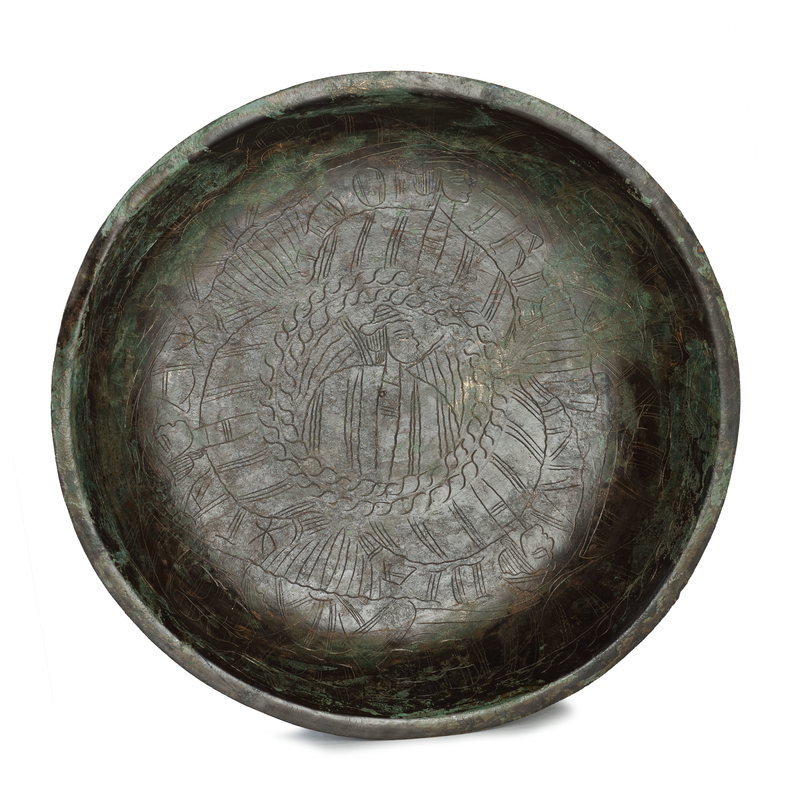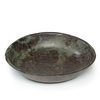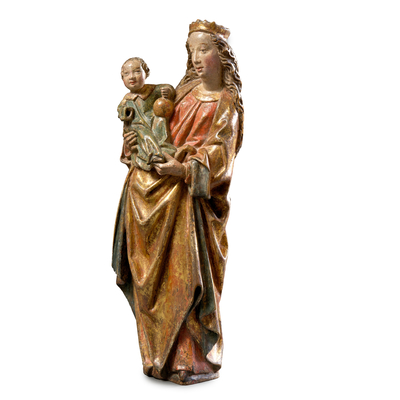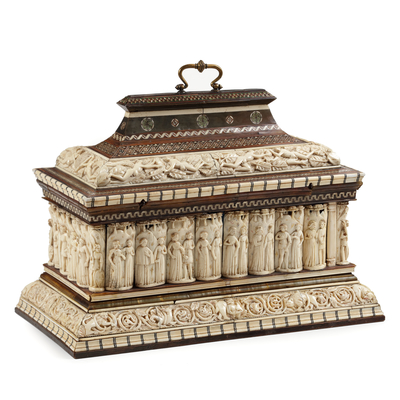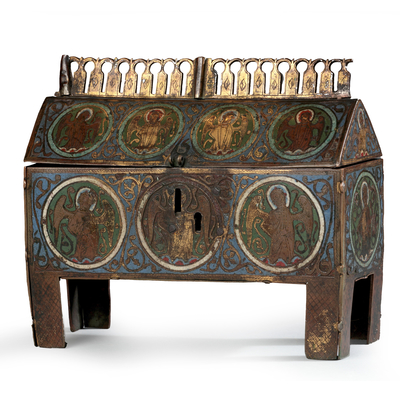German Romanesque engraved bronze bowl
Global shipping available
- Origin
- Possibly Saxony, Germany
- Period
- 12th century
- Material
- bronze
- Height
- 5 cm
- Diameter
- 26 cm
- Literature
P.M. le Blanc, Middeleeuwse Hanzeschotels - Spiegel tot lering, Nijmegen 1979, p. 124, 125.
U. Müller, ‘Gravierte romanische Bronzeschalen und Schachfiguren des 11./12. Jahrhunderts’, in: Archäologie des Mittelalters und der Neuzeit 9, 1998, pp. 39 - 48.
U. Müller, Zwischen Gebrauch und Bedeutung: Studien zur Funktion von Sachkultur am Beispiel mittelalterlichen Handwaschgeschirrs, Bonn 2006, cat. no. 156, 162, 166.
J. Weitzmann - Fiedler, 'Romanische gravierte Bronzeschalen', in: Zeitschrift des Deutschen Vereins für Kunstwissenschaft, Berlijn 1981, pp. - 3 -21, cat. no. 91.- Museums
See for similar bowls:
- Collectie The Metropolitan Museum of Art, New York, inv. no. 65.89
- Collectie Germanisches Nationalmuseum Nürnberg, inv. no. KG1183
- Collectie Rijksmuseum van Oudheiden, Leiden, inv. no. 1934/11.397- Provenance
Acquired from a collection in London in the 1940/1950s; subsequent in family ownership
Questions about this object?
Please use one of the contact options below:
Description
Metallurgical analysis by Dr. Brian Gilmour, Oxford, January 3rd 2018.
This beaten bowl-shaped Hansa dish has a flat well with concave sides and an everted rim. The copper alloy dish has a dark brown patina,verdigris and remnants of former gilding. The bowl is decorated with an engraving in the centre, of amale bust facing right framed by a stylised double border cord imitation of S-lines. Around the central figure are three male busts arranged radially, with the engraved Romanesque inscriptions: ‘IDOL(A)TRIA’ (idolatry), ‘INVIDIA’ (envy), and ‘IRA’ (rage). Many of the letters are accentuated by double lines. The sides are decorated with three large foliate motifs and further (illegible) inscriptions.
This dish belongs to a group of early works known as ‘Hansa bowls’. This term is applied to bronze or copper vessels from the 12th to 13th centuries which, because of their appearance in medieval manuscripts, were associated with the Hanseatic League. They generally originate from the region dominated by trade between the free cities of the Hanseatic League, which extended from the Baltic Sea to the Lower Rhine and England. However, the name ‘Hansa bowls’ has become obsolete since a publication by art historian Weitzmann-Fiedler which showed that the vessels could not be brought into connection with the Hanseatic cities.
This object is part of a larger group of bowls, used as hand washing bowls, with depictions of the vices. It is interesting to note that ‘idolatria’, which is emphasised here, does not belong to the traditional canon of seven Christian cardinal vices. The dishes probably occurred mainly in intellectual circles, and were used not only to express status but probably also to convey religious knowledge. There are, besides dishes with vices, also dishes with virtues known, perhaps the dishes functioned as a pair.
See for similar bowls: collection The Metropolitan Museum of Art, New York, inv. no. 65.89, collection Germanisches Nationalmuseum Nürnberg, inv. no. KG1183 and collection Rijksmuseum van Oudheiden, Leiden, inv. no. 1934/11.397.
